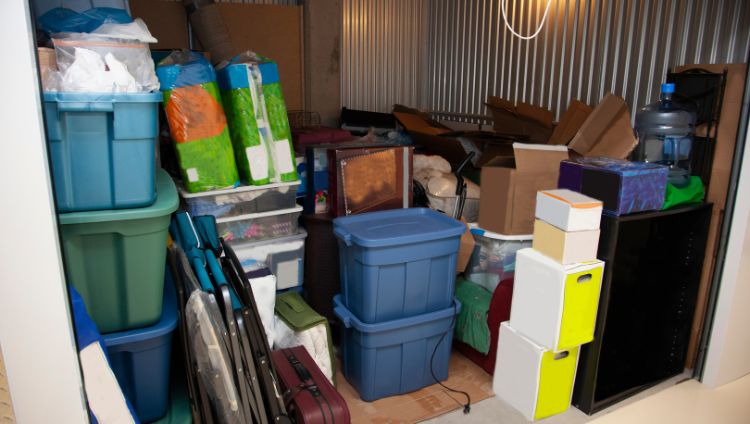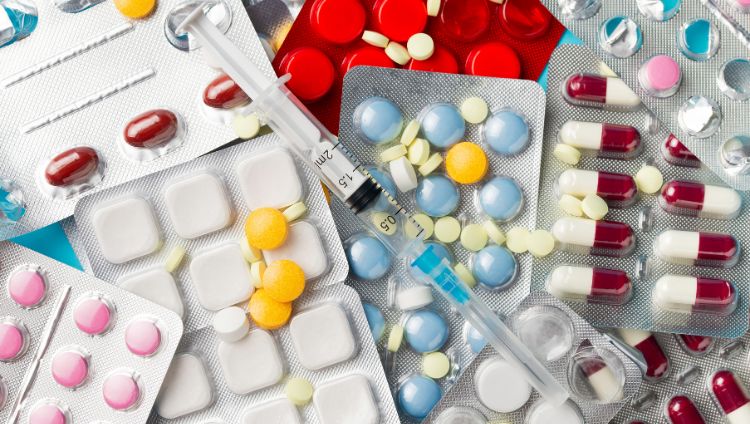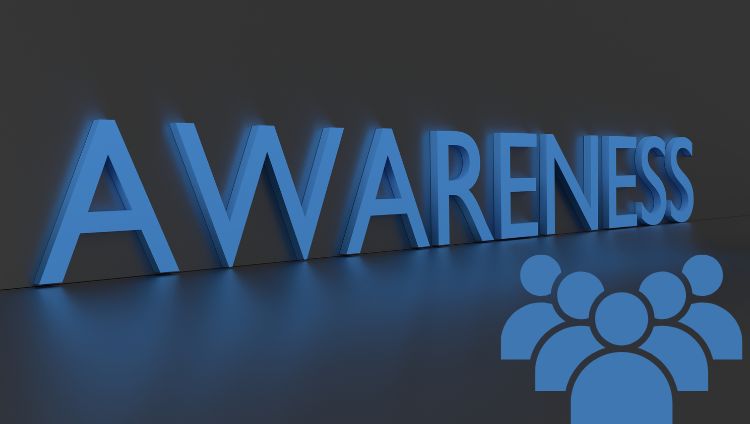Medicine is super important for getting better when you’re sick or managing long-term health issues, whether you’re in a hospital or at home.
To use medicine safely, it’s also really important to get rid of any leftover or unused medicine properly.
Doing this the right way helps keep our environment safe and stops potentially harmful medicine from getting into the wrong hands.
Sometimes, it can be a bit confusing to figure out how to manage medicine waste because there are strict rules to follow.
To make it easier for doctors, patients, and everyone else, We have answered some of the most common questions about What are the steps involved in the proper disposal of medical and pharmaceutical waste?
Step 1: Segregation and Categorization
The first step to managing medical and pharmaceutical waste effectively is sorting and categorizing different types of waste.
Hospitals and clinics need clear protocols in place for proper waste segregation.
Waste should be classified into distinct categories: sharps (like needles and scalpels), contaminated materials, hazardous substances (such as chemicals and specific medications), and general medical waste (non-hazardous items). Each category demands its own unique disposal method.
Learn more about how to handle hazardous materials when renting a dumpster for safe disposal.
Step 2: Secure and Proper Packaging
Once sorted, waste should be securely packaged to avoid spills, leaks, or contamination. Use puncture-resistant, leak-proof, and labeled containers.
Sharp objects must go in strong, sealable containers to prevent accidental injuries.
Pharmaceutical waste should be gathered in clearly labeled containers, with expired medications properly marked and kept separate.

Step 3: Storage
Proper storage practices are crucial for preventing cross-contamination and preserving the integrity of waste until it can be disposed of.
Medical and pharmaceutical waste must be kept in designated areas within healthcare facilities.
These storage spaces should be well-ventilated, secure, and accessible only to authorized personnel.
Additionally, waste containers should always be kept tightly closed when not in use.
Step 4: Transportation
The transportation of medical and pharmaceutical waste should only be conducted by licensed waste management companies or personnel specifically trained in handling hazardous materials.
Specialized vehicles equipped with containment measures to prevent leaks and spills should be used for this purpose.
Waste containers must be properly secured during transport to minimize risks associated with accidental spills and exposure.
Step 5: Treatment and Disposal
Upon reaching an approved waste treatment facility, medical waste is subjected to appropriate treatment methods.
Common methods include incineration, autoclaving (steam sterilization), and chemical disinfection.
These methods effectively render the waste non-hazardous. Pharmaceutical waste, especially hazardous drugs and chemicals, may require specific disposal methods, such as incineration or chemical neutralization, to ensure they no longer pose risks.
To understand innovative approaches, check out technologies for efficient waste disposal and recycling.

Step 6: Regulatory Compliance
Proper disposal of medical and pharmaceutical waste requires strict adherence to regulations at local, state, and federal levels.
While these regulations differ by location, all healthcare facilities must follow the specific guidelines relevant to their jurisdiction.
Compliance involves responsibilities such as maintaining records, submitting reports, and undergoing regular inspections to ensure that the correct disposal protocols and regulations are meticulously followed.
Step 7: Staff Training and Education
Healthcare professionals should undergo comprehensive training in waste management and disposal procedures.
Training should encompass proper waste segregation, labeling, handling, and safety precautions to minimize the risk of exposure to hazardous materials
and ensure the correct management of waste.

Step 8: Environmental Considerations
Hospitals and healthcare facilities are encouraged to adopt environmentally responsible practices. This includes reducing waste generation through initiatives
like digital record-keeping, inventory management, and recycling when feasible.
Learn more about how waste management contributes to climate change to implement better sustainability strategies.
Step 9: Public Awareness
Public education about the importance of proper medical waste disposal is vital. Patients and households must be informed about safe disposal practices
to prevent potential harm from improper disposal of medications and medical waste at home.

Step 10: Continuous Improvement
Regular assessments and audits of waste management practices should be conducted to identify areas for improvement and ensure ongoing compliance with regulations.
Continuous improvement in waste disposal processes enhances safety and environmental protection.
For broader waste strategies, consider achieving zero waste management.
Frequently Asked Question
Can you dispose of medical and pharmaceutical waste in regular trash bins?
No, do not dispose of medical and pharmaceutical waste in regular trash bins. Segregate, package properly, and follow guidelines to prevent contamination and protect public health.
What should I do with expired or unused medications at home?
Return them to a pharmacy that participates in a drug take-back program, or follow local disposal instructions.
Do not flush them down the toilet or throw them in the trash, as this can have negative environmental effects.
Is there a specific organization that oversees medical waste disposal regulations?
Medical waste disposal regulations are typically enforced by state and local environmental agencies.
However, in the United States, the Environmental Protection Agency (EPA) also provides guidance on federal regulations related to hazardous waste.
How often should healthcare facilities conduct training on medical waste disposal for their staff?
Training should be ongoing, with regular refresher courses. New staff members should receive training as part of their orientation.
Frequent updates are necessary to ensure that healthcare professionals are up to date with the latest guidelines.
Can you mix pharmaceutical waste with other medical waste?
Separate pharmaceutical waste from other types of medical waste.
Some medications and chemicals may require specific disposal methods that differ from general medical waste disposal procedures.
What should healthcare facilities do to ensure compliance with medical waste disposal regulations?
Healthcare facilities should regularly review and update their waste management protocols, conduct audits to ensure compliance,
and maintain accurate records of waste generation and disposal.
What are some best practices for reducing medical and pharmaceutical waste generation?
Best practices include minimizing unnecessary packaging, reducing drug overstock, and adopting electronic health records to decrease paper waste.
Additionally, healthcare facilities can engage in recycling programs for non-hazardous materials to reduce overall waste.
Are there penalties for non-compliance with medical waste disposal regulations?
Yes, there can be legal and financial consequences for non-compliance with medical waste disposal regulations.
Penalties may include fines, suspension of licenses, or other regulatory actions depending on the severity of the violation.
Conclusion:
Managing medical and pharmaceutical waste involves a complex and strictly regulated process that requires following a series of essential steps.
Adherence to regulations, ongoing staff training, and environmental awareness are critical components of this procedure.
Ensuring compliance with correct disposal protocols is essential to safeguarding public health and preserving the environment.


